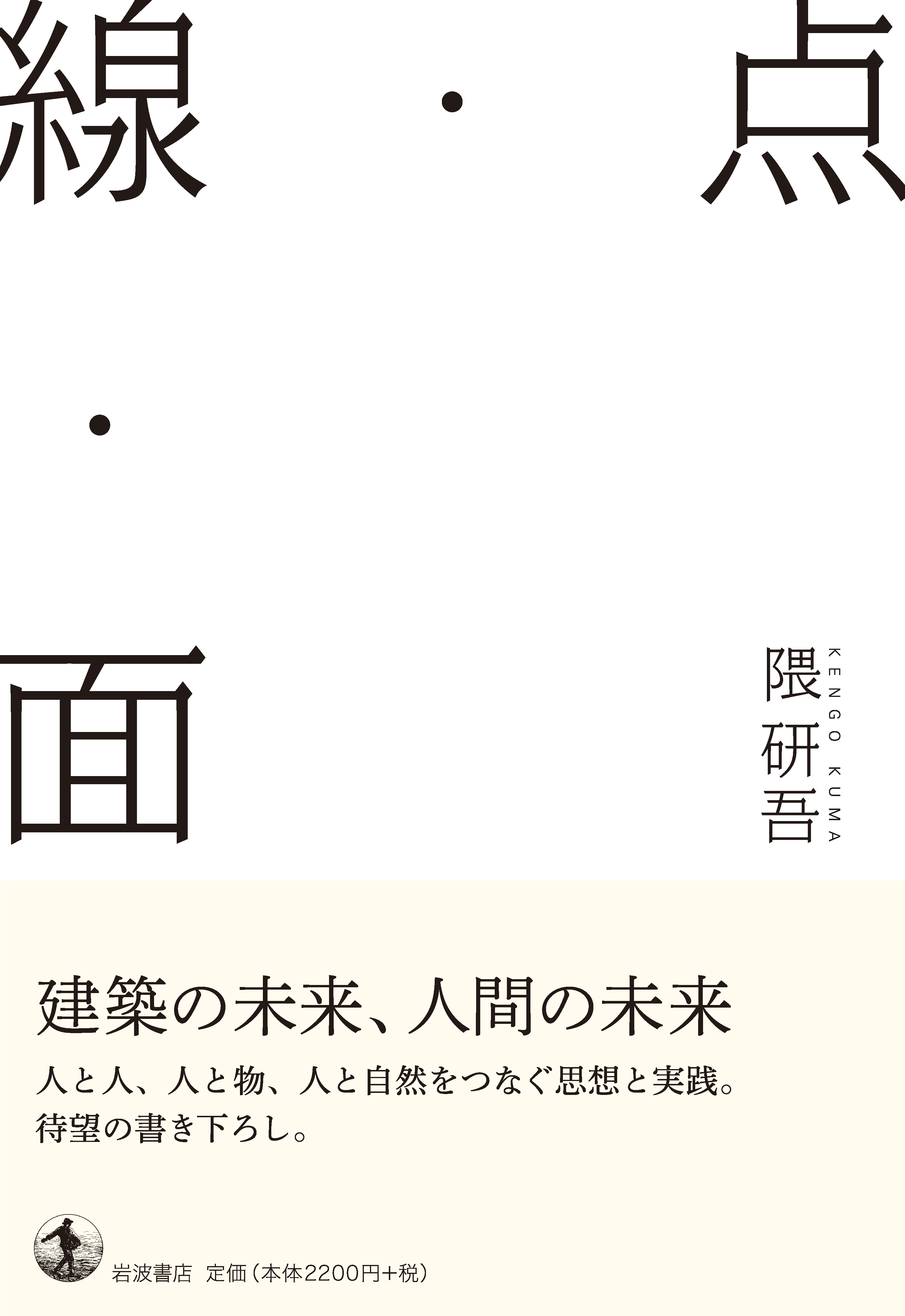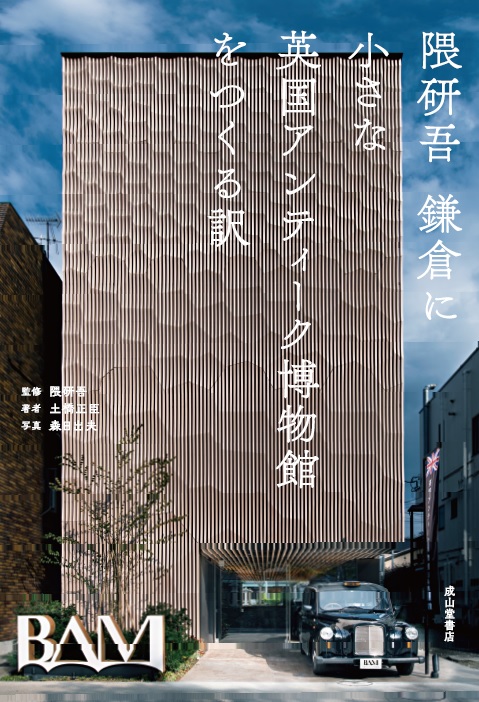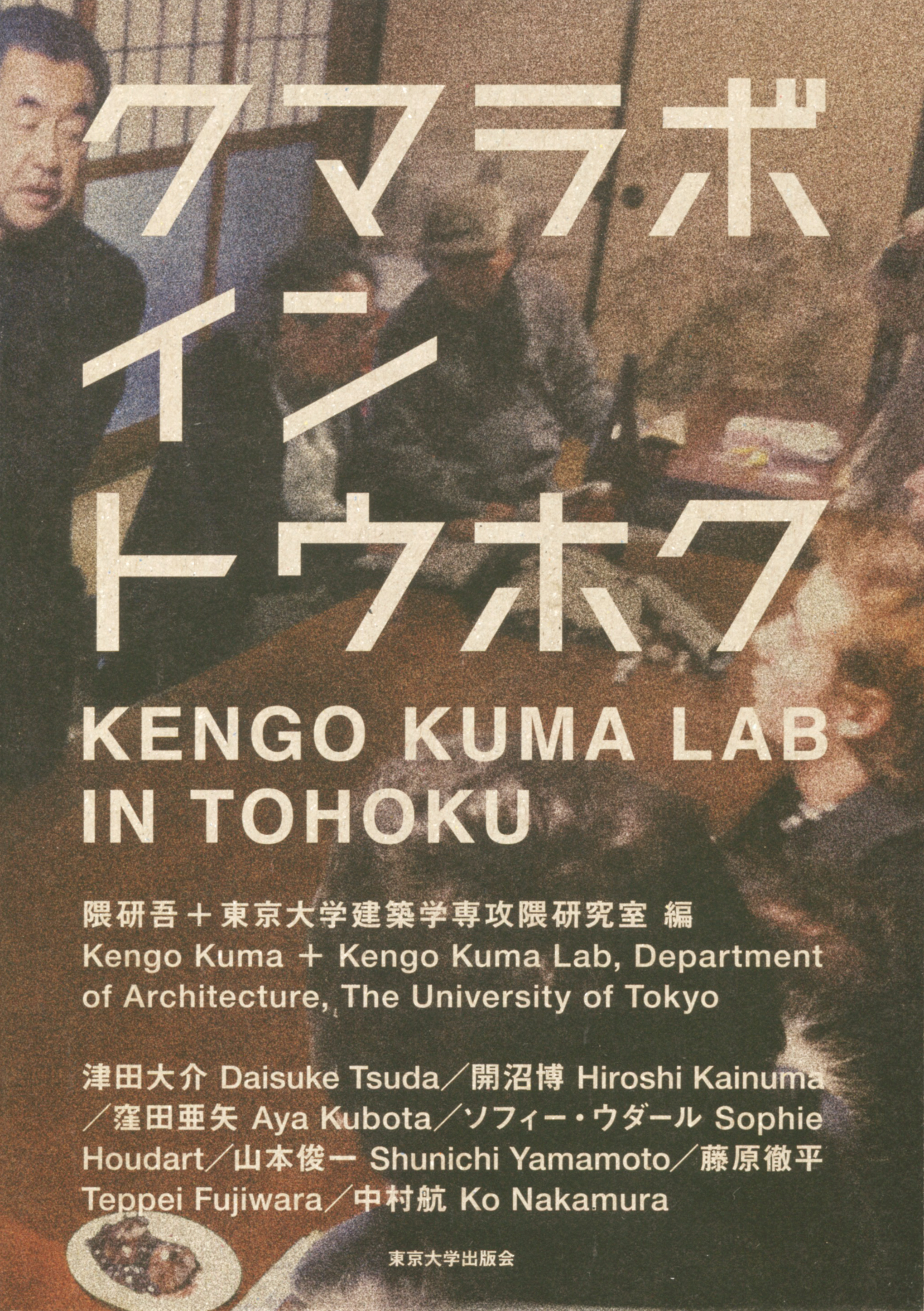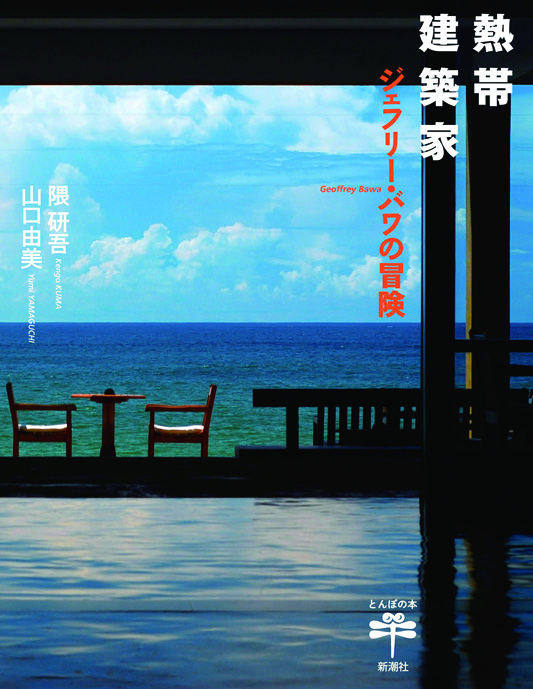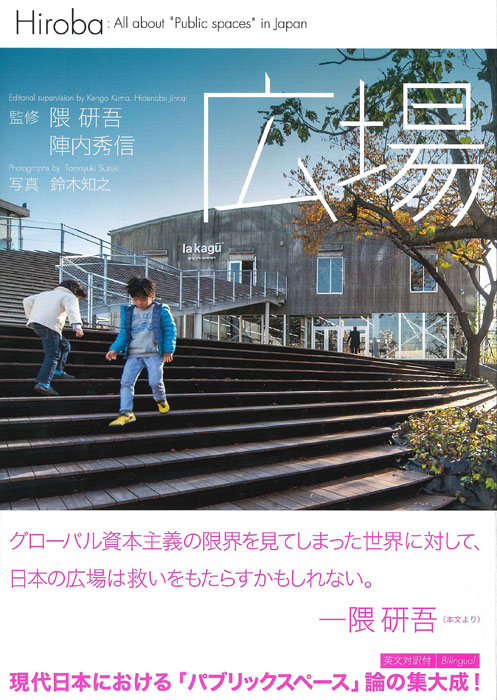
Title
Hiroba All about "Public Spaces" in Japan
Size
168 pages, B5 format
Language
Japanese, English
Released
March 23, 2015
ISBN
978-4-473-04014-5
Published by
Tankosha
Book Info
See Book Availability at Library
Japanese Page
I often begin to design more with a sense of "let's create a space" than one of "let's create a building."
A typical example is Nagaoka City Hall in Niigata Prefecture, known as Aore Nagaoka. Here, a plaza was created in the middle of the site as the main focal point, with facilities required of a city hall surrounding it. Thus, when those visiting Aore Nagaoka consider "what was the building like?", even if they only remember the plaza, the impression created by the building is extremely faint. I think that is fine.
In the past, plazas and gardens were regarded with the same or greater importance than buildings. It was in the 20th century when buildings took a decisive lead. In the 20th century, buildings came to be viewed as commodities—to be bought and sold. Commodities must behave like commodities, and the practice of designing buildings as objects disconnected from their surrounding areas became widespread. The champion of this practice was Le Corbusier, who insisted on the use of pilotis to separate buildings from the ground. This method, and this viewpoint, decidedly vandalized 20th century cities.
Today, however, this is changing. As with buying products, buying and owning buildings is losing its charm. This new concept is sometimes called "sharing." Alternatively, co-working and co-living are other terms used to describe it.
Presently, plazas and gardens have emerged as the new protagonists in place of buildings. I wrote this book with a desire to hint at this new trend. It explains the spaces I have designed, including Aore Nagaoka. To be precise, the term "plaza" was not used in Aore Nagaoka, but rather "doma." This is because the term "plaza" is evocative of stone-paved outdoor spaces in European towns, and is somehow susceptible to feelings of nostalgia for the good old days. In Japanese, the great word "doma" describes a floor made of compacted earth, and I felt this was the perfect fit for the sharing-style flexibility required by people today. There are many hints relating to today's spaces hidden within Japanese traditions. As such, this book is published by Tankosha, an Urasenke-related publishing company.
(Written by KUMA Kengo, Professor, School of Engineering / 2020)



 Find a book
Find a book


